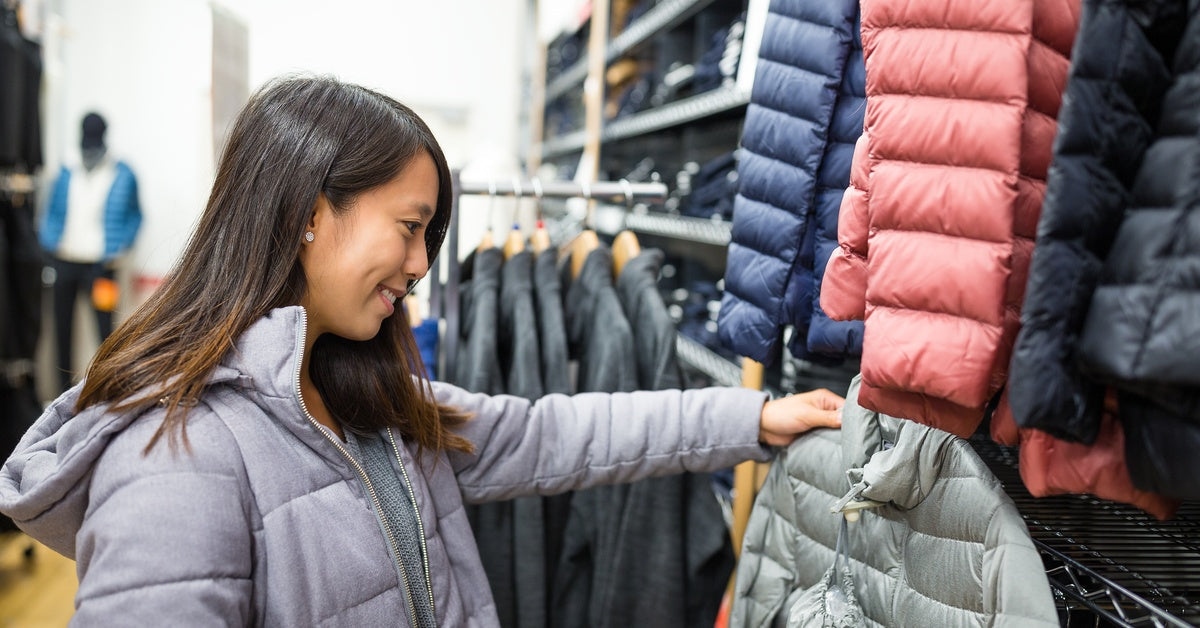Cold weather may feel far away, but now is the perfect time to gather winter supplies for donations. Waiting until frigid temperatures arrive leads to higher prices, limited options, and rushed decisions. Early collection allows you to assemble thoughtful kits that address a range of needs well before demand increases. As you read these tips for building winter emergency donation kits in advance, you’ll find plenty of ways to save while supporting those in need.
Buy Out-of-Season Items for Savings
Coats, boots, gloves, and hats go on sale as retail stores clear out winter inventory in late February or March. Buying during these sales can help you build donation kits without overspending.
Check clearance sections in brick-and-mortar stores and online shops to track down deals. Some retailers will offer great discounts to clear floor space, so timing your purchases can make a big difference in how much you save.
Additionally, look at thrift stores or second-hand shops for unused items with the original tags. Early planning ensures you can buy higher-quality items that recipients can use for a few years.
Purchase Winter Gear in Bulk for Consistency
Bulk buying helps save money, but it also makes organizing donation kits easier. Specifically, buying wholesale winter sets with items like thermal socks, scarves, and gloves gives consistent quality across the kits.
Wholesale clubs, online retailers, and discount shops carry bulk items at lower per-unit prices. You could also partner with friends, family, or community groups to share the cost of bulk purchases.
For example, a 12-pack of thermal socks split among three families stretches budgets while doubling the impact. When each kit includes matching, dependable gear, recipients truly benefit from reliable supplies.
Include Multipurpose Items for Convenience
Focus on purchasing multipurpose items when building winter emergency donation kits in advance. For instance, emergency blankets provide warmth, but recipients can also use them as makeshift rain covers.
Hand warmers are lightweight and offer sustained heat in pockets, mittens, or sleeping bags. Reusable water bottles can pull double duty when recipients fill them with hot water, providing warmth and hydration. Overall, these items maximize utility without taking up extra space in the donation kits.
Use Durable Storage Options
The bag that holds all of the donated items matters just as much as the items inside. Packing supplies into reusable, weather-resistant duffel bags or backpacks makes them easier to carry and protects the individual’s belongings from snow and rain.
Look for affordable wholesale backpacks that are sturdy. Recipients will use these bags throughout the year, making them meaningful contributions to donation kits.

